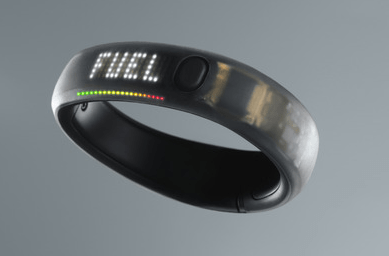Of all the activity-tracking devices that have been churned out in the past year-and-a-half, Nike’s FuelBand has been strapped to my person the longest. Sadly, the wrist-worn gadget has never been able to sync wirelessly with an Android device the way it could with an iDevice, and it looks like that’s going to be the case indefinitely. According to a Nike tweet spotted by Droid-Life, the company is no longer working on an Android version of its Bluetooth-syncing FuelBand app.
Granted, there are fitness-tracking alternatives that have already embraced Google’s mobile platform (the Fitbit Flex immediately springs to mind), but the news is still a bummer for some particularly active Android fans. What makes it worse is that Nike seems to have done a complete about-face from its earlier stance on Android. The company noted on Twitter in June that the FuelBand Android app would be released that summer, a launch window that came and went without official word.
Nike claimed it was still working on the app even after summer had ended, but in November the person manning the NikeSupport Twitter account noted that there was “no confirmed plan” for getting the Android app out the door, and has been sticking to that line until just recently. For the past few days now, Nike has been answering all Android FuelBand queries with the same general sentiment: They’re more focused on web and iOS experiences than Android.
Exactly why the app has been shuttered isn’t yet clear, but that hasn’t stopped we members of the press from ruminating a bit. Consider Business Insider’s take, courtesy of Steve Kovach. He posits that a close relationship between Apple and Nike (Tim Cook sits on Nike’s board, in addition to running Apple) may have ultimately stymied development. For what it’s worth, I suspect the real reason isn’t quite as intriguing — ensuring a smooth syncing experience for a handful of supported iDevices seems like a much simpler proposition than doing the same for a veritable galaxy of Android devices, and it wouldn’t surprise me if the company just got sick of the process.
So much for just doing it though, right?
